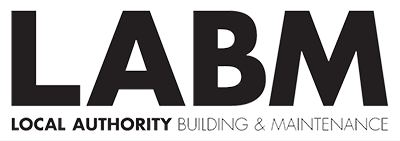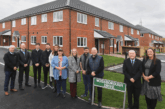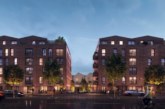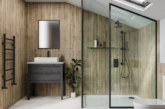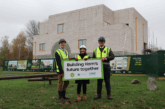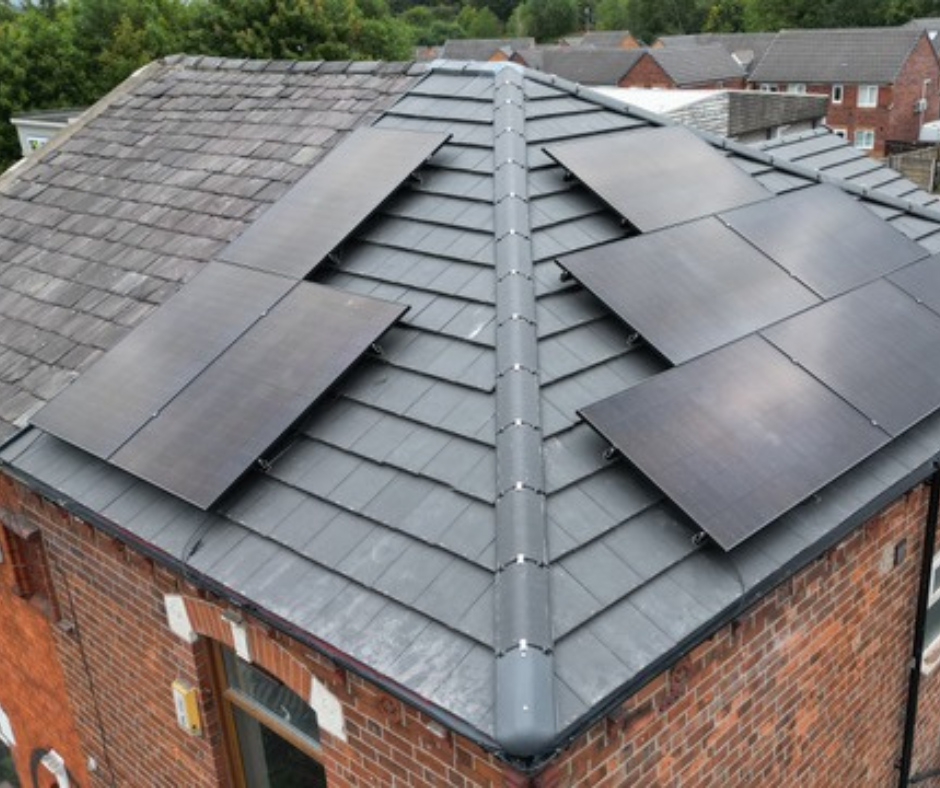
New licensing rules and national standards could push good supported housing providers out of the market, sector leaders warn, as the Supported Housing (Regulatory Oversight) Act increases pressure on services to raise standards while staying financially viable.
A new retrofit in Greater Manchester shows how this challenge can be overcome. Delivered by Blueprint Housing in partnership with Wigan Council and Prospect Living, the project transforms a neglected property into a fully compliant, tech-enabled home for vulnerable tenants — proving that compliance and cost control can go hand in hand.
Central to the approach is meeting the sector’s shifting environmental and safety targets. Government housing decarbonisation policies, Local Authority Housing Fund requirements, and rising ESG standards are pushing EPC B to become the baseline for social housing, including specialist supported schemes. By combining advanced energy-saving technologies with tenant-safeguarding systems, this project shows how sustainability and care provision can work together to meet the needs of regulators, commissioners, and residents.
Crucially, the model also aligns with the Government’s Social and Affordable Homes Programme (SAHP), which supports higher cost schemes such as supported housing retrofits. This demonstrates a viable funding pathway for providers who want to upgrade their stock while meeting environmental and safeguarding goals.
Blueprint’s retrofit shows exactly how that investment can be applied in practice, incorporating, advanced moisture and air-quality control technologies, directly addressing the health and safety concerns spotlighted by Awaab’s Law, where 7% of social homes contained damp and 4% had Category 1 hazards in 2023. By proactively safeguarding tenant wellbeing and exceeding compliance requirements, the project not only raises the bar for supported housing standards but also contributes to long-term system resilience.
Connor O’Rourke, Managing Director at Blueprint Housing, said: “This project shows what’s possible when supported accommodation is designed to the highest standards. By investing in mould-resistant technology, renewable energy, and smart systems, we’re helping housing associations meet regulatory and commissioning expectations while creating healthier, more comfortable homes. Ultimately, this is about improving outcomes for tenants and reducing long-term costs, setting a benchmark we hope others will follow.”
Key features include NexGen infrared heating wallpaper, which eliminates any risk of damp and mould by providing zonal warmth without the need for radiators. 4kW solar panels, 10kW battery storage, full insulation upgrades, and AI-driven energy optimisation work together to cut bills, lower emissions, and achieve an EPC B rating — exceeding emerging regulatory standards and futureproofing against net zero targets.
The TouchBase Connect CRM gives tenants 24/7 access to support while enabling remote property management. This streamlines operations and enhances security through secure keyless entry, preventing unauthorised access. Additionally, smart leak detection and water flow controls protect valuable housing stock from costly damage and damp-related health hazards.
Continuous CO₂, PIR, and infrared monitoring ensure air quality and track occupancy, enabling early intervention if ventilation becomes inadequate or safeguarding threats such as cuckooing emerge.
For housing associations, these measures strengthen compliance with regulations from Awaab’s Law to sustainability benchmarks, extend asset life through proactive maintenance, and reduce long-term costs. This up-front investment in safer, more sustainable housing is set to deliver financially, socially, and environmentally.
Julie Uliwangamana, Director at Prospect Living, said: “This development represents a step forward in how we deliver supported housing. The integration of smart technologies, including secure keyless entry systems, enhances both tenant safety and operational efficiency, allowing for responsive, dignified support without compromising residents’ independence. Our partnership with Blueprint reflects a shared commitment to raising standards across the sector and demonstrates how high-quality, sustainable HMOs can meet the evolving needs of vulnerable individuals while aligning with our regulatory and social responsibilities within the community.”
Blueprint’s model offers a clear path forward for housing providers, particularly as councils face rising demand for supported accommodation and stricter environmental targets. By retrofitting existing stock with technology that tackles moisture-related risks and cuts energy bills, Blueprint is delivering a sustainable, scalable solution — and setting a new standard for the future of supported housing.
